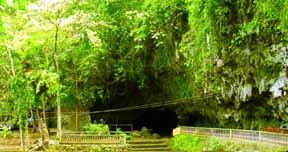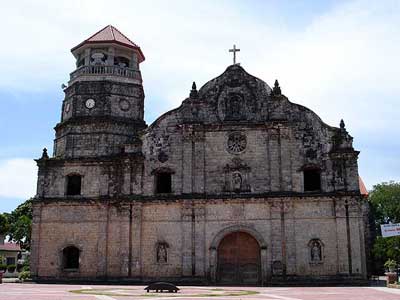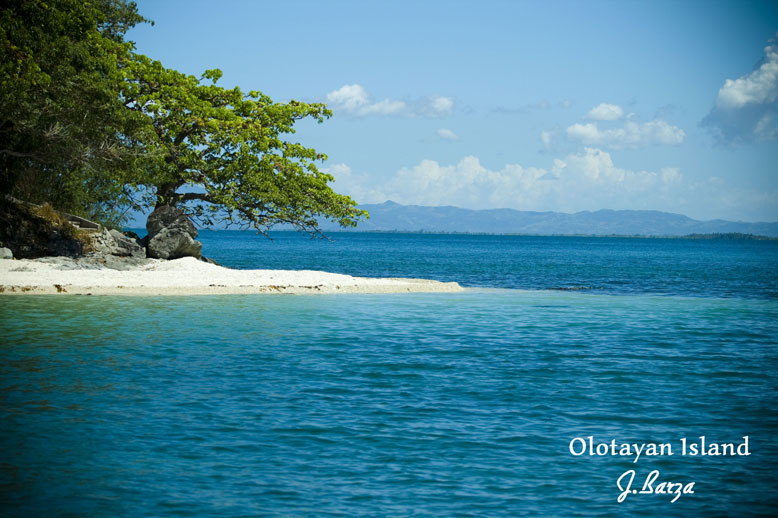Olotayan is an island-barangay off the coast of Roxas City. It is one square mile and an hour travel from the city. It has tourism potential because its shorelines have blue waters that are pristinely beautiful. It is ideal for swimming, snorkeling, and scuba diving. However, almost 80 percent of its 985 inhabitants are in the poverty threshold. The island has one source of electricity, a generator which has been non-operational since April 2007. Much of Olotayan still relies on the barter system, or trade, to support and feed their families. The super typhoon Frank worsened their situation and devastated some parts of the island.
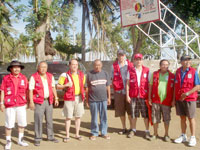
REACT Halaran's Leonardo Eusalan,
Romulo Capunong, Mark Ortiz, Brgy Capt
Bongbong Aninang, Eugenio Chu, Jose
Aligno, Catalino Albar and Rudy Alba
A group of REACTors led by Group Chief Mark "Surfer" Ortiz went to Olotayan Island to distribute relief goods to the residents. The members who went with him are Immediate Past Group Chief Romulo "Direct Hit" Capunong, Past Group Chief (PGC) Eugenio "Honeybee" Chu, PGC Jose "Ali Baba" Aligno, PGC Catalino "Octagon" Albar, REACTor Rudy "Capiz Shell" Alba, and PGC Leonardo "Poodle" Eusalan. They brought with them 225 packs of relief goods and distributed them to the people in the island-barangay. The barangay council led by Brgy. Captain Manuel "Bongbong" Aninang assisted the group during the distribution.
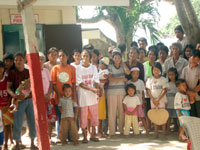
Beneficiaries await the distribution of
relief goods.
REACT Halaran is a local group member of REACT Philippines Inc. which is considered as the largest civic communications organization in the country. The assistance of REACT is often sought especially when rapid information gathering and dissemination is required. During non-emergencies, REACT local groups conduct free medical clinics, anti rabies missions, tree planting or clean up drive. REACT supports the campaign against illegal logging and for the protection of wildlife, marine life and the environment.
-----------BY: DONNA CASIO--------------




